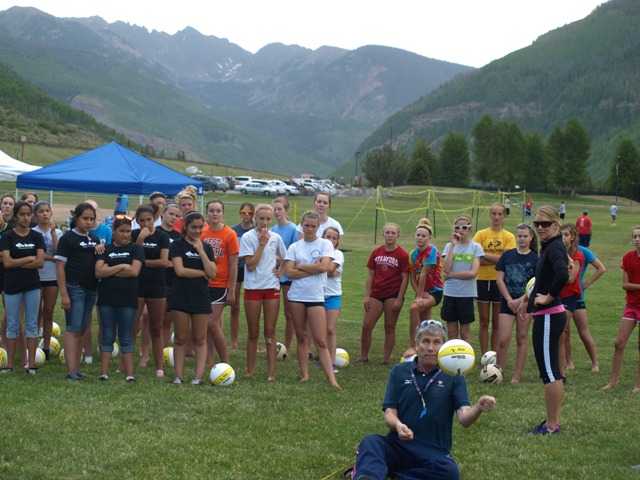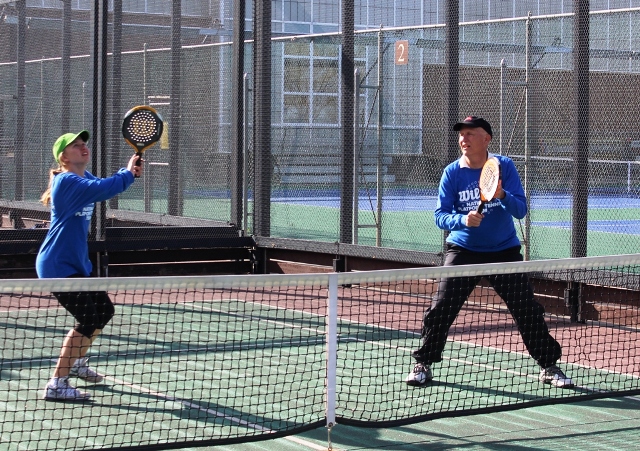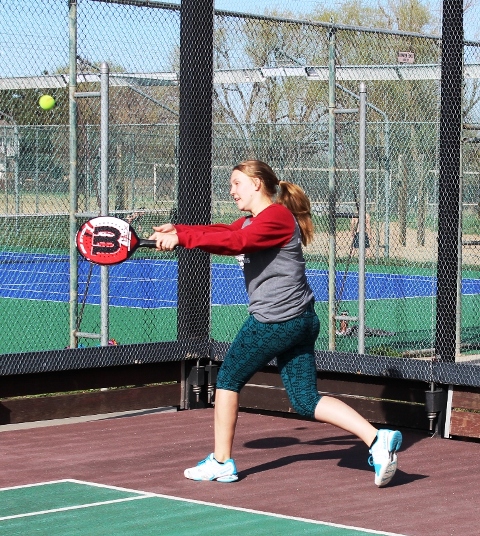The most effective theories for business, education, and management are centered on the concept of engagement. In business, Theory Y leadership has been proven more effective at engaging employees than Theory X leadership in most situations. In education and coaching the following Teddy Roosevelt quote is often cited, “Nobody cares how much you know, until they know how much you care.” Engage the student! Engage the athlete!
John Kessel, member of the American Volleyball Coaches (AVCA) Hall of Fame, writes a blog Growing the Game Together for USA Volleyball. In it, he discusses the process of engaging athletes – Kessel Style. His posts have catchy titles, but more importantly, they are thought provoking. John is a master at coaching technique and tactics, but the focus of his blog is to get coaches to engage the athlete. For example:
- He suggests that coaches should encourage kids to make mistakes. How many of your kid’s coaches do that? Do they yell at them instead when they make a mistake?
- He talks about the illusion of knowledge, false confidence, and false fundamentals. What are these concepts and why are these concepts important?
- He suggests that coaches need to learn to be quiet, watch, and listen. Do you believe the coaches in youth sports programs should be always talking to the athletes to help them improve?
- He says that coaches should not punish their athletes as a way of trying to improve their performance. How many push-ups have your kids had to do because something went wrong in practice?
Read on! The following links are just a sample of posts about how to engage the athlete at a higher level.
Promoting False Confidence (November 7, 2016)
I Want You To Make Mistakes (November 1, 2016)
Be Consistent(October 20, 2016)
Suffering From the Illusion of Knowledge (September 16, 2016)
What is it with Physical Punishment in So Few Sports (May 7, 2016)
Fearing Free Lessons from Washington D.C. (May 20, 2016)
How Much Can Athletes Teach Themselves (April 15, 2016)
A Major Change in My Feedback (January 15, 2016)
It’s all about the Reps, ’bout the Reps, and Game-like… (September 22, 2015)
False Fundamentals (August 24, 2015)
Stay Quiet and Let Them Play (July 29, 2015)
STOP Teaching Robots (June 6, 2015)
You are Paying for Practice Not Playing (March 30, 2015)
Coach Taught or Player Learned? (January 23, 2015)
Standing in Line (January 16, 2015)
Irrelevant Training (October 20, 2014)
STOP Teaching Technique… (April 25, 2014)
Kessel’s blog presents the concept of engagement as it relates to the sport of volleyball. These concepts apply to tennis and other sports.
Read the above posts (and others) and give it some thought. If necessary, go back and read them again in a couple of days or weeks. Without a doubt, you will develop a different perspective about coaching.
The bottom line is “ENGAGE the athlete!”




